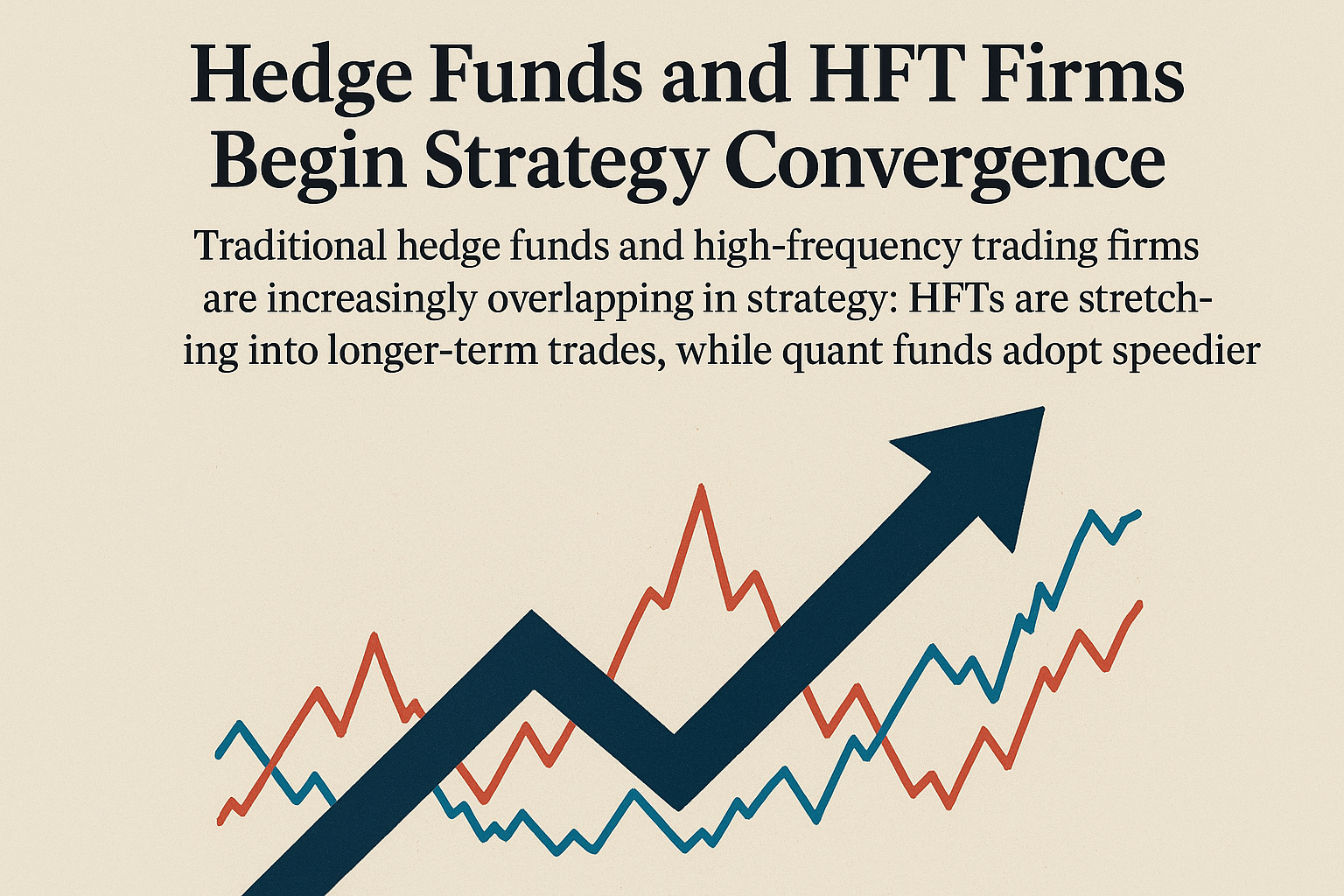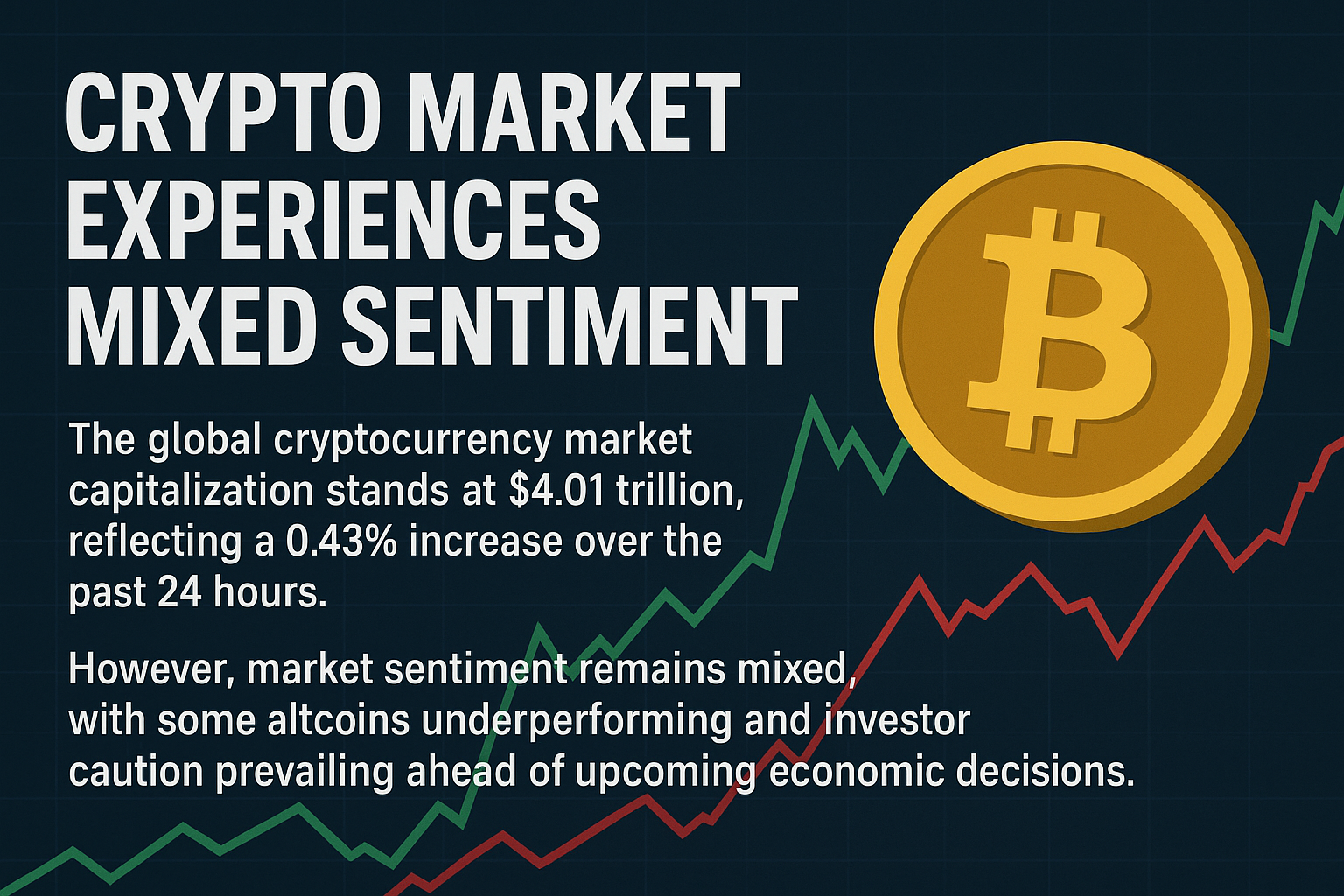In the ever-evolving landscape of global finance, the lines that once neatly separated traditional hedge funds and high-frequency trading (HFT) firms are blurring at an accelerating pace. This convergence of strategies signals not only a shift in the competitive dynamics of financial markets but also a broader transformation in the way capital is deployed and profits are pursued.
For years, hedge funds and HFT firms occupied different corners of the trading universe. Hedge funds traditionally focused on longer-term strategies, drawing on deep fundamental research, macroeconomic analysis, and patient capital. High-frequency trading, on the other hand, thrived on speed and scale — leveraging technology, co-location, and algorithmic execution to capture tiny margins in fractions of a second. These distinctions created a natural division of labor across the market ecosystem. But now, the walls are coming down.
HFT Firms Stretch into Longer Horizons
High-frequency traders are beginning to expand their reach beyond microsecond arbitrage and short-term market-making. With technological arms races squeezing the marginal benefits of speed, many HFT firms are exploring strategies that rely on holding positions for hours, days, or even weeks. Some are building out data-driven research teams, incorporating alternative datasets, and using advanced machine learning to identify medium-term opportunities.
This pivot is not just about chasing profits — it’s about survival. As exchanges tighten regulations, latency advantages plateau, and competition intensifies, HFT firms need to diversify their sources of alpha. Venturing into hedge-fund territory offers a natural evolution: combining the technological edge of speed traders with the analytical depth of longer-horizon investing.
Hedge Funds Embrace Speed
Meanwhile, traditional hedge funds are looking in the opposite direction. Quantitative hedge funds, particularly systematic and multi-strategy players, are adopting faster execution methods and embracing techniques once considered the exclusive domain of HFTs. From low-latency trading infrastructure to real-time data ingestion, hedge funds are narrowing the execution gap and optimizing their trading to minimize slippage and capture opportunities in shorter timeframes.
This adoption is not uniform, but the trend is clear. As alpha becomes harder to find in crowded markets, hedge funds are borrowing from the HFT playbook to maximize efficiency. The result is a hybridization of strategy: funds that can think like long-term investors but act with the precision and agility of speed traders.
The Implications for Markets
The convergence of these two worlds is reshaping the competitive dynamics of global finance. The benefits are twofold:
-
Innovation – Cross-pollination of strategies is fueling innovation in trading models, execution technology, and data science.
-
Market Efficiency – As firms compete across overlapping strategies, inefficiencies are likely to be arbitraged away faster, potentially reducing volatility in some markets.
But risks also emerge. With more firms chasing similar hybrid approaches, crowded trades could amplify systemic shocks. The fusion of speed and scale means that when things go wrong, they could unravel faster than regulators anticipate.
Looking Ahead
The traditional boundaries of finance are dissolving. Hedge funds are no longer simply slow-moving giants of capital, and high-frequency traders are no longer confined to lightning-fast scalping. Instead, we are entering a new era of strategy convergence — one where adaptability, technology, and creativity define success more than strict labels.
As this evolution continues, one question looms large: will the blending of hedge fund depth and HFT speed lead to more resilient markets, or create new fault lines that regulators and participants will struggle to address?
The answer will likely shape the future of modern finance.




